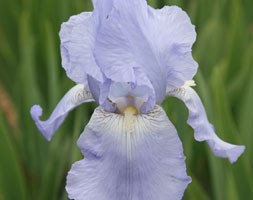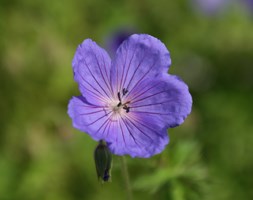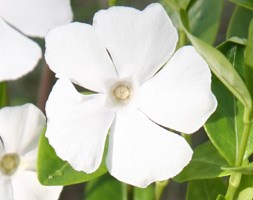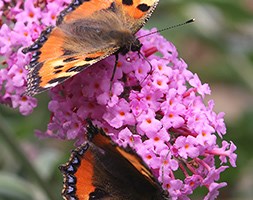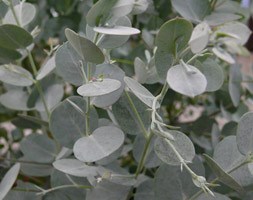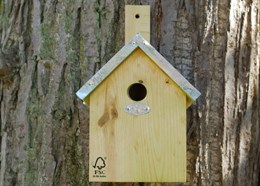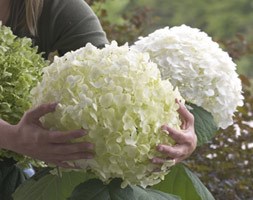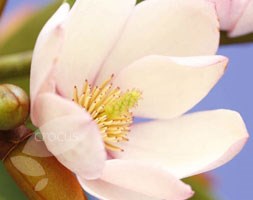Price reductions at Crocus
by Sarah - February 1st, 2014.Filed under: Crocus, Price Reductions.
Crocus reduced the price on these products today
Iris ‘Jane Phillips’ (iris’ (tall bearded)) was £5.99 now £4.99
Position: full sun or partial shade Soil: well-drained, moderately fertile, neutral to acidic soil Rate of growth: average Flowering period: May and June Other features: all parts of the plant may cause severe discomfort if ingested Hardiness: fully hardy One of the most famous irises ever introduced and still a benchmark to which others are compared. Deservedly popular, this has delicate flax-blue, slightly fragrant flowers with spectacular, ruffled petals in May and June and fans of sword-shaped, grey-green leaves. This tall bearded iris is gorgeous planted en masse in a sunny, well-drained border or as part of a cottage-garden scheme. Garden care: Bearded irises prefer full sun and neutral to acidic soil, but they are tolerant of alkaline soils as long as the pH is not too high . Plant shallowly with the upper part of the rhizome sitting on the surface of the soil, incorporating a low nitrogen fertiliser in the plan ting hole. After planting remove the upper-most third of the leaves to protect against wind-rock. In exposed areas stake with bamboo canes in early spring. Divide and replant about every three years.
Geranium ‘Brookside’ (cranesbill) was £5.99 now £4.99
Position: full sun or partial shade Soil: fertile, well-drained Rate of Growth: average Flowering period: June to August Hardiness: fully hardy Large deep blue, saucer-shaped flowers with distinctive white centres from June to September among deeply divided mid-green leaves. This lovely cranesbill is a comparatively recent introduction, valued for its intense blue blooms and long-flowering season. It’s excellent for suppressing weeds at the front of a mixed or herbaceous border or as part of a blue colour-themed scheme . Garden care: In midsummer rejuvenate plants that are beginning to look jaded, by removing old flowered stems and leaves. Lift and divide large colonies in spring.
Vinca minor f. alba ‘Gertrude Jekyll’ (lesser periwinkle) was £8.99 now £5.99
Position: full sun or partial shade Soil: any but very dry soil Rate of growth: average to fast-growing Flowering period: April to September Flower colour: pure-white Hardiness: fully hardy This prostrate, evergreen plant forms a neat carpet of lance-shaped, dark green leaves – excellent for suppressing weeds in sun or partial shade. The wonderful, pure-white flowers – borne over a long period from April to September – are valuable for lightening dark areas. More compact than other varieties, it’s perfect where space is limited. Garden care: To prevent the plant from becoming invasive cut back any unwanted shoots in spring.
Buddleja ‘Pink Delight’ (butterfly bush) was £9.99 now £8.99
Position: full sun Soil: fertile, well-drained soil Rate of growth: fast-growing Flowering period: July to September Hardiness: fully hardy Much maligned for its habit of colonising railway sidings, buddleja can be a fabulous addition to a sunny border, with dramatic, fragrant flowers that are attractive to butterflies and other beneficial insects. Pruned hard in spring, this shrub produces dense spikes of honey-scented, bright pink flowers with orange eyes throughout summer. The pointed, grey-green leaves turn butter-yellow in autumn. Garden care: Prune back hard in March, removing all of the previous year’s growth to three or four buds.
Hydrangea ‘Blushing Bride’ (PBR) (hydrangea) was £9.99 now £8.99
Position: full sun or partial shade Soil: moist, well-drained, moderately fertile, humus-rich soil Rate of growth: fast-growing Flowering period: June to October Flower colour: white with a pink blush Hardiness: fully hardy First discovered by a nursery worker at Bailey Nurseries in Minnesota USA and hailed by the renowned American horticulturalist, Dr. Michael Dirr as a horticultural miracle in his book Hydrangeas for American Garden, this has only recently been introduced her in the UK. So what sets these aside from other Hydrangeas is that the Endless Summer range can flower on new and old wood. That means you can enjoy the big clusters of white, flushed pink flowers (they also come in blue and pink) from June to October. A fabulous, long flowering addition to the garden, they will also make a great informal hedge. Garden care: Leave the old flower heads in place through the winter. As the new shoots start to emerge in spring cut back a third to a quarter of the previous seasons flowering stems to the base and cut back the remaining flower heads to the first pair of buds.
Eucalyptus gunnii Azura (‘Cagire’) (PBR) (cider gum) was £14.99 now £12.99
Position: full sun Soil: neutral to slightly acidic soil that doesn’t dry out Rate of growth: fast-growing Flowering period: July to October Flower colour: white to cream, but not often seen in Britain Other features: usually grown with multiple stems as it seems to cope with strong winds better Hardiness: borderline hardy (will need protection in winter) A brand new Eucalyptus especially selected for its shrubby habit. Garden care: Requires minimal pruning if grown as a tree, removing any broken, diseased or crossing branches in late autumn or winter. For the best juvenile foliage, prune in early spring cutting back the stems to two or three buds above the base. When planting incorporate lots of well-rotted garden compost in the planting hole and stake firmly.
Blue tit nesting box was £13.49 now £12.99
Homeless birds will think you are the bees knees when they set eyes on this simple but stylish nesting box. It is made of pine, has a zinc roof as well as a loose base, so it will be easy to clean out between tenancies. Measures: 15cm wide x 15cm deep x 31cm high
Hydrangea arborescens Strong Annabelle (‘Abetwo’) (sevenbark ( syn Incrediball )) was £19.99 now £14.99
Position: full sun or partial shade Soil: moist, well-drained, moderately fertile, humus-rich soil Rate of growth: average Flowering period: July to September Hardiness: fully hardy This recently introduced Hydrangea has tougher branches than many of the other arborescens types, which means that as they mature they will stand up better in more exposed positions and will rarely flop over when laden with flowers. The glorious bundles of white flowers will also get larger as the plant grows older, but even when they are still quite young, they will put on a dazzling and long-lasting display from mid summer. Garden care: In hot weather, thoroughly soak the plants roots when watering to prevent it drying out. Remove faded flowerheads in spring after the danger of frosts, cutting back the flowered stems to a strong pair of buds and take out misplaced or diseased shoots. Once established, remove a quarter to a third of the shoots to the base of the plant. Cutting it back in this way will keep it compact and will also result in a branching, bushier shrub. Mulch young plants with a well-rotted manure or compost in spring.
Magnolia Fairy Magnolia Blush (‘MicJur01’) (fairy magnolia) was £19.99 now £14.99
Position: full sun or partial shade Soil: any moist but well-drained soil Rate of growth: average to fast Flowering period: March to May Hardiness: fully hardy Raised by the New Zealand breeder Mark Jury (who also brought us Magnolia Black Tulip), this wonderful new magnolia produces an abundance of blush pink flowers along the length of its stems in spring. Unlike many of the other spring-flowering types, the foliage of this magnolia is mainly evergreen, although it may shed its leaves in colder winters. It makes a fine stand-alone specimen, especially in smaller gardens where its compact form will not dominate, while its naturally bushy habit makes it ideal for creating an informal screen. A stunning new addition that is easy to care for, reasonably fast growing and will start to produce its lightly scented flowers on young plants. Garden care: Plant in a sheltered spot, away from strong winds. Requires minimal pruning. Remove any broken, diseased or crossing branches in spring. Mulch in spring with manure or leafmould, especially on dry soils.







